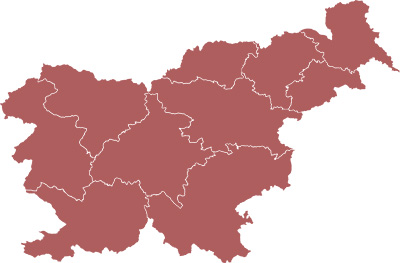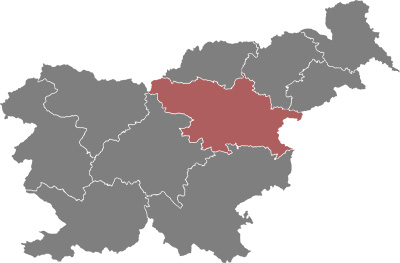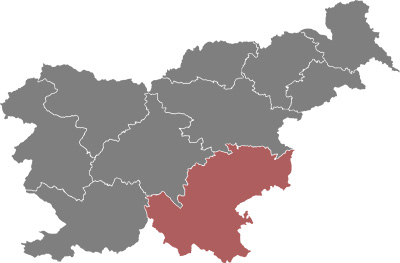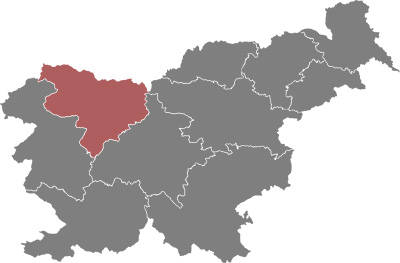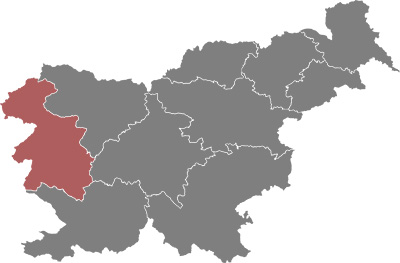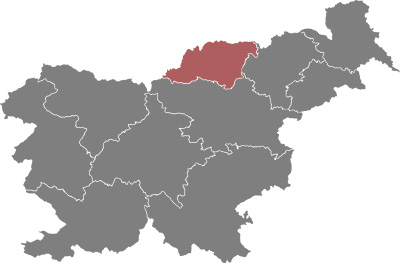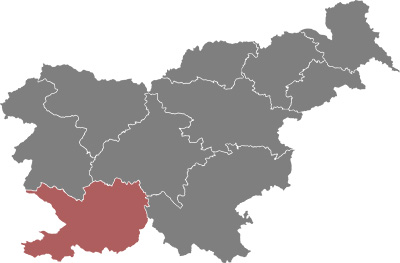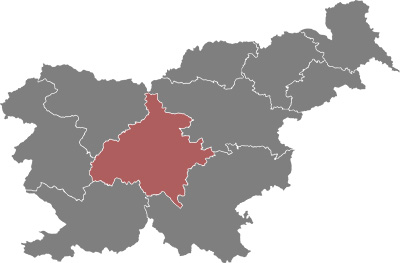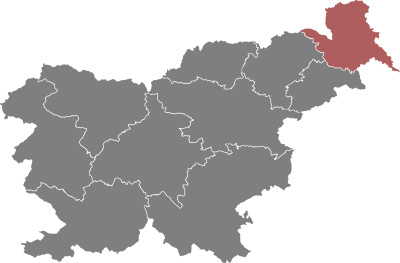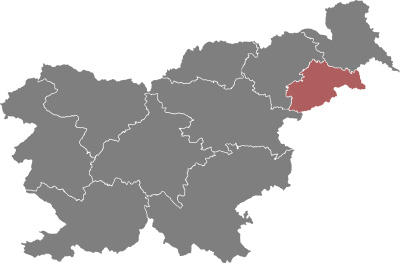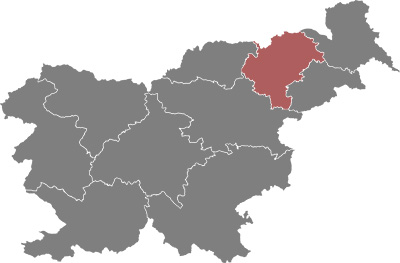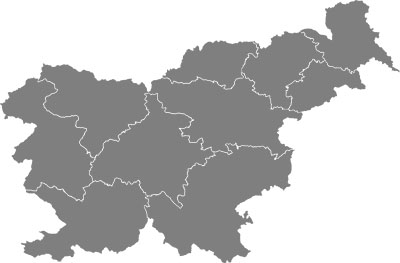Regional portal Kamra accumulates digitised local cultural content from libraries and other local cultural institutions. Digital content is thus available through one single place and created by the most competent organisations in their respective fields. Kamra provides them with free infrastructure and also trains new partners, so they can present digitised content of mostly local significance and publish it on the internet.
The content stored on Kamra is presented in the form of stories with supporting narrations, corresponding digitalised objects and metadata. Kamra allows users to discover stories that are significant, interesting and in local community’s interest. These may include introductions of local authors and other noteworthy people; documents and photographs of significant local association; postcards from different time periods; local works of art, biographies of the authors and exhibitions; famous buildings, the stories of people who lived in them and a lot more.
Users can now access content that was previously hidden in library storage rooms, archives and museums, associations’ archives or even in the drawers of school staff rooms.
Web portal Kamra is managed by the Public Library Celje, which works in close contact with regional libraries where the regional editorial boards are based, and also The Slovenian Public Libraries Association.
The content on Kamra is also available through the European digital library, Europeana, http://europeana.eu.
Contribution of content
Organisations or single users, who wish to publish their collection on Kamra, should follow the following steps:
- Select the editor covering the region you are based in from the contact sheet.
- Regional editor will examine the material and determine whether it is suitable for publishing on KAMRA. If the material is not yet digitalised, he will offer advice on how to do it. Perhaps it could be done in the library itself. You will also receive a manual on how to input content on Kamra.
- Prepare a text that will represent a basis of your story and multimedia elements with metadata.
- Sign the »Agreement on inclusion of content on KAMRA« with the Central library Celje.
- If you decide to input the content yourself, regional editor will organize training on how to do that. You can arrange for the library staff to do the input for you. Regional editor will also provide you with the password for accessing the portal as the administrator.
FAQ – Frequently Asked Questions
Kamra is a website that provide access to digitised local cultural heritage content that was traditionally gathered and shared by libraries and other local cultural institutions.
Because of the coordinated cooperation with the regional partner institutions all information is available in one place, while being created in organisations most familiar with the various fields. The concept behind Kamra is to provide those organisations with the necessary infrastructure, maintenance and training so that they are able to create content of local importance in digital form and publish it on the internet.
In 2005 ten central regional libraries agreed to establish a web portal Kamra. The idea was supported by the Ministry of Culture, which provided start-up financing and is now funding the project through central regional libraries. The portal was fully functional at the end of 2008.
Central regional libraries established a project group, which developed the organisational and functional design of the portal and led its implementation with the help of an external contractor. Together with The Slovenian Public Library Association and the National and University Library, they set up the Consortium, which managed Kamra until 2011.
Since 2011 Public Library Celje manages and cares for the development of Kamra. It has signed an agreement with central regional libraries and The Slovenian Public Library Association that they will help finance the maintenance and development of KAMRA and also implement editorial tasks.
Kamra was not intended as an archive for large amounts of digitalised material, such as systematically digitalised collections of periodical publications. Those kind of digitalised products are published on dLIB.si.
Kamra publishes smaller and more targeted local digital collections that also contain objects, originally stored on various locations. The content is primarily presented in the form of stories with narration and corresponding digitised objects with metadata.
The content of Kamra
Regional organisations or local communities select and publish content that is significant, interesting and in the interest of the local community. This includes:
- introductions of a local authors or famous persons together with their work in digital form, photographs, postcards of their birthplace, audio records of their speeches or interpretations of their works, video records from reading events or celebrations in their honour;
- documents of distinctive local associations: their activities, life stories of the founder and key members, their writings, audio records, memories of their descendents and friends;
- postcards of the community from different time periods, stories attached to the locations on the postcards and their owners;
- research assignments created in local educational institutions are connected with other material, relevant to the theme of the assignment;
- audio and video records of local dialects with descriptions and documents;
- records of local artists, their biographies, exhibition catalogues, interviews;
- local studies material (primary and secondary) on film;
- content relevant to the natural and cultural tourist attractions of the local community;
- local ethnographic content (how they used to live…, folklore, handicraft, local traditions etc.);
- typical buildings and the stories of people who lived in them.
Digital collection is a story. The display of content on Kamra is based on story-telling. This means that the selected topic is described textually and additionally illustrated with pictures and audio/video records.
Digital collections are shaped as a tree: the main collection is annexed with additional chapters that describe individual aspects of the story.
Multimedia elements are building blocks of the content on Kamra. They entail documents, photographs, audio and video records. They can be viewed in the context of the particular story, or separately in the gallery. Each multimedia element is described with metadata. These ensure proper administration and improve the accuracy of the search enquiries.
Central regional libraries decide on the editorial policy of Kamra. The editorial process runs on two levels.
Main editorial board for the entire content of Kamra is based in the Public Library Celje. Its assignments are:
- to survey the content on the portal and coordinate the addition of new content with regional editors;
- to convene meetings and organise trainings for regional editors;
- to organise and implement trainings for content creators (if necessary);
- to cooperate with the developer of Kamra.
Regional editors are representatives of the regional libraries. Their tasks are:
- to coordinate the addition of new content within their area;
- to review, edit and confirm the publication of regional content;
- to help external partners to upload their content;
- to organise regional trainings for workers involved in Kamra;
- to formulate proposals on how to improve the design and content of the portal.
Partners
Kamra welcomes any kind of content pertaining to local studies. Libraries, museums, archives, associations, schools and other local organisations contribute most of the content.
Libraries and organisations that wish to publish a digital collection prepare and organise the documents into a coherent piece with the help of qualified editors. Their tasks are:
- setting up the material and digitisation (with external partners or by themselves);
- layout of metadata and the design of content on Kamra, content entry;
- cooperation with regional editors to ensure the content is in accordance with the policy of Kamra and management of the organisational demands: training, authorisation for accessing the portal etc.
No. The maintenance and development of Kamra is financed by the central regional libraries, which means that its infrastructure is free to use. Not only that – regional editors organise training for partners who wish to publish their content and offer technical support.
First, visit the nearest library. If it doesn’t employ a qualified data librarian, they will refer you to a central regional library. There they will determine whether your collection is suitable for publishing and teach you how to include it on Kamra. If you are not able to enter the content yourself, or do not wish to, the library will do it for you.
Users
Yes. Objects published on Kamra are free to use for non-commercial purposes, but you are obliged to refer the source.
The picture is undoubtedly included in one of the digital collections. There you can find information about the organisation that contributed it and which stores high resolution images. There should also be an email of the person you can send your request to.
Contact the organisation or the person who contributed the content. You can find both data in the description of the digital collection.
We will be extremely grateful for your contribution.





